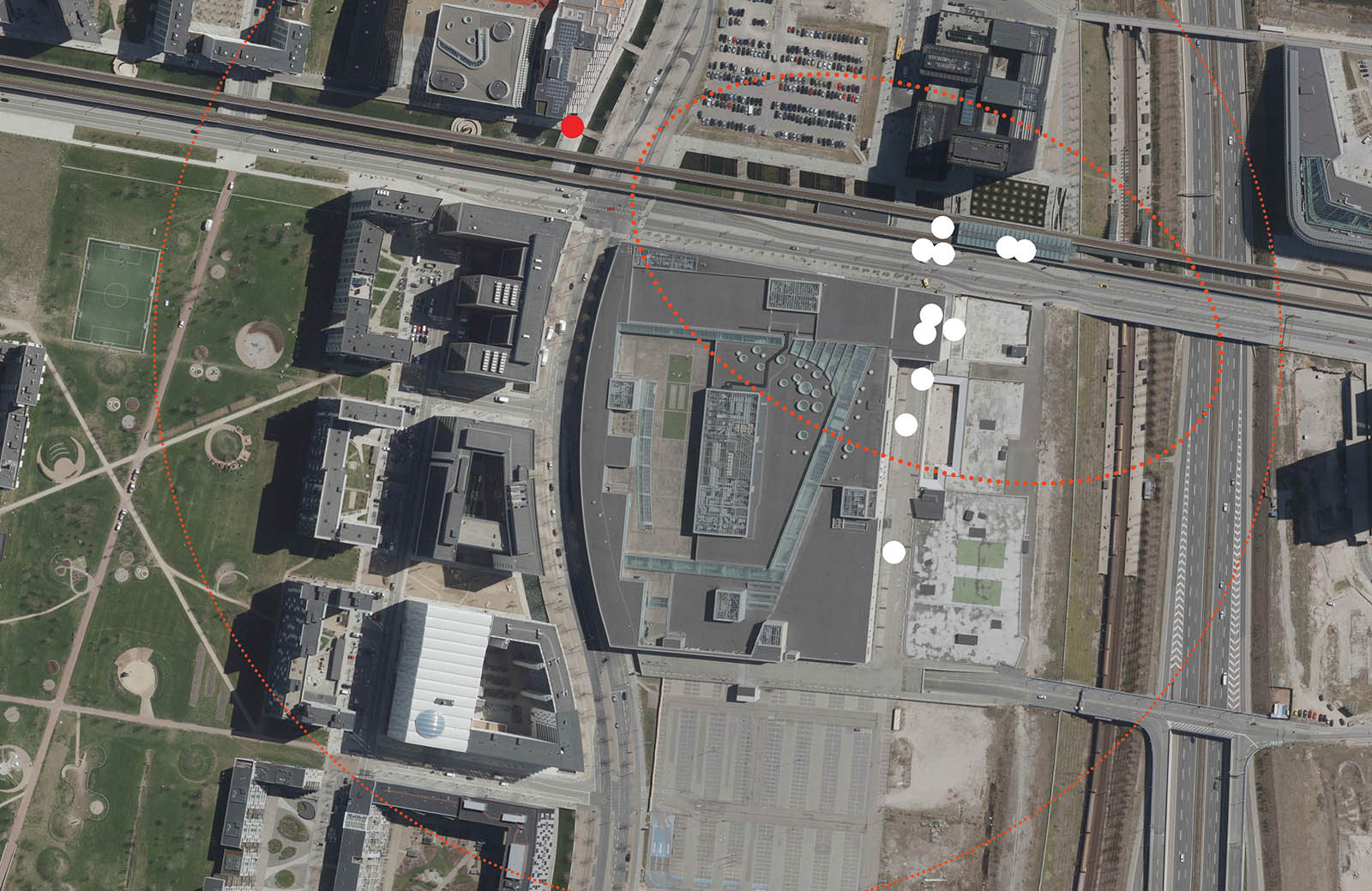Downloads
DOI:
https://doi.org/10.7480/spool.2016.1.1417Abstract
This paper investigates the theme particular places from the perspective of ‘quiet places’, by examining potential links between material and immaterial qualities of four distinct typologies of urban spaces in the landscape metropolis, and offering five thematic lenses to sharpen our view for the particular. While the relationship between green spaces and restorative qualities for humans has long been acknowledged, the present research investigates other types of urban spaces, not focusing on ‘green’ or dB ratio as such but instead on confluences of soundscape, cityscape, flowscape, and other ‘scapes’ i.e. ‘material-immaterial landscapes’ in particular places in the two cities. This kind of particularity is an under-researched field also in methodological terms. We therefore set up a survey, in which we asked people about their appreciations of various material and immaterial qualities of the place; the conceptualisation of which derived partly from a pilot study and partly from a structured literature review. The responses revealed noticeable differences between the four typologies and less between similar types in the two cities. The results of the survey also showed a variety of expressions, deepening our understanding of the experienced qualities and simultaneously opening up for a new vocabulary addressing this interaction and its importance for ‘quiet places’, discussed in relation to methodological considerations.
How to Cite
Published
License
Copyright (c) 2020 SPOOL

This work is licensed under a Creative Commons Attribution 4.0 International License.

References
Braae, E. (2015). Beauty Redeemed. Basel, Switzerland: Birkhäuser Verlag.
Beatley, T. (2011). Biophilic Cities: Integrating Nature Into Urban Design and Planning. Washington, DC: Island Press.
Böhme, G. (2013). Atmosphere as Mindful Physical Presence in Space. In Harvik, K., Teerds, H., Tielens, G. (Eds.) OASE91: Building atmosphere (pp. 21-31). Rotterdam, Netherlands: nai010 Publishers.
Castells, M. (2009). The Rise of the Network Society (2. edition), (pp. 407-460). Hoboken, NJ: Wiley-Blackwell.
Cresswell, T. (2004). Place: a Short Introduction. Hoboken, NJ: Wiley-Blackwell.
Csikszentmihalyi, M. (1988). Optimal Experience: Psychological studies of flow in consciousness. New York, NY: Cambridge University Press.
Csikszentmihalyi, M. (1992). Flow. The Classic Work on How to achieve Happiness. London, United Kingdom: Random House.
European Commission. (2002). The Environmental Noise Directive. Retrieved from http://ec.europa.eu/environment/noise/directive_en.htm
Grahn, P., & Stigsdotter, U. K. (2010). The relation between perceived sensory dimensions of urban green space and stress restoration. Landscape and Urban Planning, 94(3), 264–275. doi:10.1016/j.landurbplan.2009.10.012
Hajer, M., Reijndorp, A. (2002). In Search of New Public Domain. Rotterdam, Netherlands: NAI Publishers.
Hartig, T., Evans, G. W., Jamner, L. D., Davis, D. S. & Gärling, T. (2003). Tracking restoration in natural and urban field settings. Journal of Environmental Psychology, 23 (2), 109-123. doi: 10.1016/S0272-4944(02)00109-3
High-level Political Forum on Sustainable Development. (2015). 2030 Agenda for Sustainable Development and the Sustainable Development Goals. United Nations. Retrieved from https://sustainabledevelopment.un.org/?menu=1300
Jacobs, J. (1961). The Death and Life of Great American Cities. New York, NY: Random House.
Jiang, J. (2014). Mountains beyond Mountains, 1914-2014: Reconciling Modernity. Venice, Italy: 14th International Architecture Exhibition.
Kaplan, S. (1995). The restorative benefits of nature: Toward an integrative framework. Journal of Environmental Psychology, 15(3), 169-182. doi:10.1016/0272-4944(95)90001-2
Lefebvre, H. (2004). Rythmanalysis - space, time and everyday life (S. Elden and G. Moore, Trans.). New York, NY: Bloomsbury Academic
Li, Chenyang (1999). The Tao Encounters the West: Explorations in Comparative Philosophy. New York, NY: SUNY Press.
Lynch, Kevin (1960). The Image of the City. Cambridge, MA: MIT Press.
Madanipour, A. (1999). Why Are the Design and Development of Public Spaces Significant for Cities? Environment and Planning B Planning and Design 26(6), 879-891. doi: 10.1068/b260879
Mak, M. Y., & Thomas Ng, S. (2005). The art and science of Feng Shui-a study on architects’ perception. Building and Environment, 40(3), pp. 427–434. doi:10.1016/j.buildenv.2004.07.016
Marselle, M. R., Irvine, K. N., Lorenzo-Arribas, A., & Warber, S. L. (2015). Moving beyond Green: Exploring the Relationship of Environment Type and Indicators of Perceived Environmental Quality on Emotional Well-Being following Group Walks. International Journal of Environmental Research and Public Health 2015 (12), 106-130. doi:10.3390/ijerph120100106
Massey, D. (1994). A Global sense of Place. Minneapolis, MN: University of Minnesota Press.
Massey, D. (2006). For Space. London, United Kingdom: Sage Publications.
Matsuoka, R. H., & Kaplan, R. (2008). Landscape and Urban Planning, 84, pp. 7-19. People needs in the urban landscape: Analysis of Landscape And Urban Planning contributions. doi:10.1016/j.landurbplan.2007.09.009
Mills, J. E. (1999). Western Responses to Feng Shui. Middle States Geographer 32: p. 71-77.
Norberg-Schulz, C. (1979). Genius Loci: Towards a Phenomenology of Architecture, New York, NY: Rizzoli.
Peschardt, K. K., Stigsdotter, U. K., & Schipperrijn, J. (2016). Landscape Research, 41(1), Identifying Features of Pocket Parks that May Be Related to Health Promoting Use (pp. 79–94) doi:10.1080/01426397.2014.894006
OECD. (2012). Compact City Policies: A Comparative Assessment - Green Growth Studies. OECD Publishing. Retrieved from http://www.oecd.org/gov/regional-policy/50524895.pdf
Relph, E. (1976). Place and placelessness (Vol. 1). London, United Kingdom: Pion.
Rosa, H. (2015, March 11). Why are we stuck behind the social acceleration? TEDxFSUJena. Retrieved from https://www.youtube.com/watch?v=7uG9OFGId3A
Tuan, Y.F. (1977). Space and Place. Reprint, Minneapolis, MN: University of Minnesota Press, 2011.
Ulrich, R. S., Simons, R. F., Losito, B. D., Fiorito, E., Miles, M. A., & Zelson, M. (1991). Stress recovery during exposure to natural and urban environments. Journal of Environmental Psychology, 11(3), 201–230. doi:10.1016/S0272-4944(05)80184-7
Velde, Rene van der. & Tisma, A. (Eds.). (2014). SPOOL: Landscape Metropolis - Advances in Planning, Design and Characterization of Metropolitan Territories Via Landscape. Delft, Netherlands: TU Delft Open. doi: 10.7480/spool.2013.1
White, M., Smith, A., Humphryes, K., Pahl, S., Snelling, D. & Depledge, M. (2010). Blue space: The importance of water for preference, affect, and restorativeness ratings of natural and built scenes. Journal of Environmental Psychology 2010, 30 (4), 482-493. doi:10.1016/j.jenvp.2010.04.004.
WHO. (2011). Burden of disease from environmental noise. Quantification of healthy life years lost in Europe. Retrieved from http://www.euro.who.int/__data/assets/pdf_file/0008/136466/e94888.pdf
Wilson, E. O. (1984). Biophilia. Cambridge, MA: Harvard University Press.
Yu, K. (1994). Landscape into Places: Feng-shui Model of Place Making and Some Cross-cultural Comparisons (pp. 320-340.) Proceedings of 94’c CELA Conference, History and Culture (Clark, J. D. Ed.). Starkville, MS: Mississippi State University. Retrieved from http://www.turenscape.com



